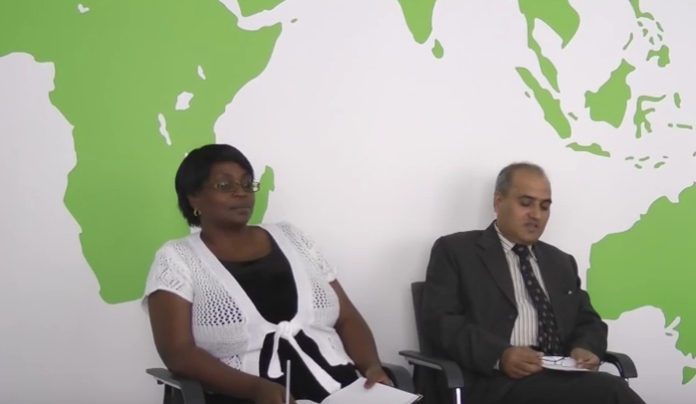The maternal mortality rate of Nepal is listed as 258 deaths for every 100,000 live births that occur. This is defined as any mortality that occurs during the pregnancy, childbirth, or within 42 days of a pregnancy’s termination during a specific year.
These figures are from 2015. Although they are still one of the highest maternal mortality rates in the world today, the figures have improved greatly in the last 20 years. In 1996, informal surveys in Nepal showed an estimated maternal mortality rate of 539 deaths for every 100,000 live births.
99% of Maternal Mortality Incidents Occurs in the Developing World
Poverty has a direct impact on maternal mortality rates. In high-income countries, the maternal mortality rate is just 9 deaths for every 100,000 live births. In comparison, sub-Saharan Africa leads the world in this category, with 900 deaths per 100,000 live births. Nearly half of all maternal deaths due to pregnancy occur in this region.
Nepal fits right into the middle of these figures. Sitting between China and India, the data shows that with a commitment to improving maternal health, significant progress toward reducing these statistics can occur in a rap amount of time. Yet even then, there can be demographic pockets which show little-to-no betterment at all.
In Nepal, women who have the lowest overall maternal mortality rates are in their 20s. Increased risks are present for teen mothers and those in the 30-34 age demographic. For women who become pregnant at the age of 35 or over in Nepal, their maternal mortality rate is even higher than that of sub-Saharan Africa: 962 per 100,000 live births.
How Culture and Ethnicity Affect Maternal Mortality Rates
Nepal also sees higher maternal mortality rates within certain cultures and ethnicities. Dalits, Terai/Madhesi, and Muslim mothers see higher mortality rates when compared to the general population. Delivery-related causes and the pregnancy itself are within the most common reasons for a high maternal mortality rate. Direct cause issues, however, have been decreased by 17 percentage points in just 8 years.
With greater access to healthcare resources and an encouragement to seek prenatal care, the maternal mortality rate of Nepal is expected to continue declining over the next generation. With skilled care and access to safe natures of practice from traditional attendants, the future looks bright for the future mothers of Nepal.
Crystal Lombardo is a contributing editor for Vision Launch. Crystal is a seasoned writer and researcher with over 10 years of experience. She has been an editor of three popular blogs that each have had over 500,000 monthly readers.


















